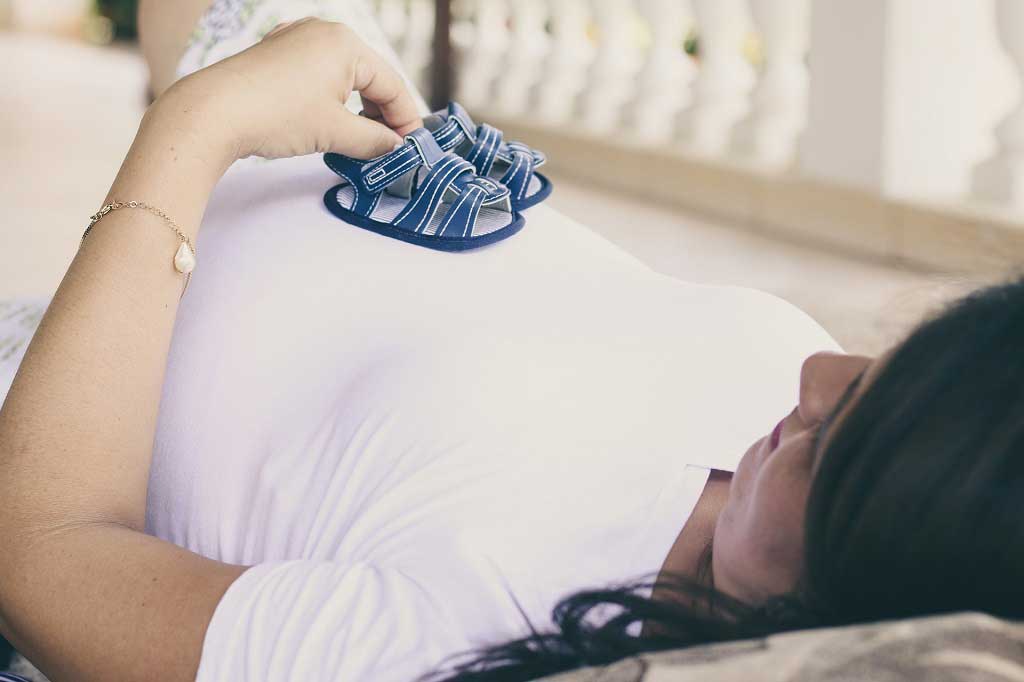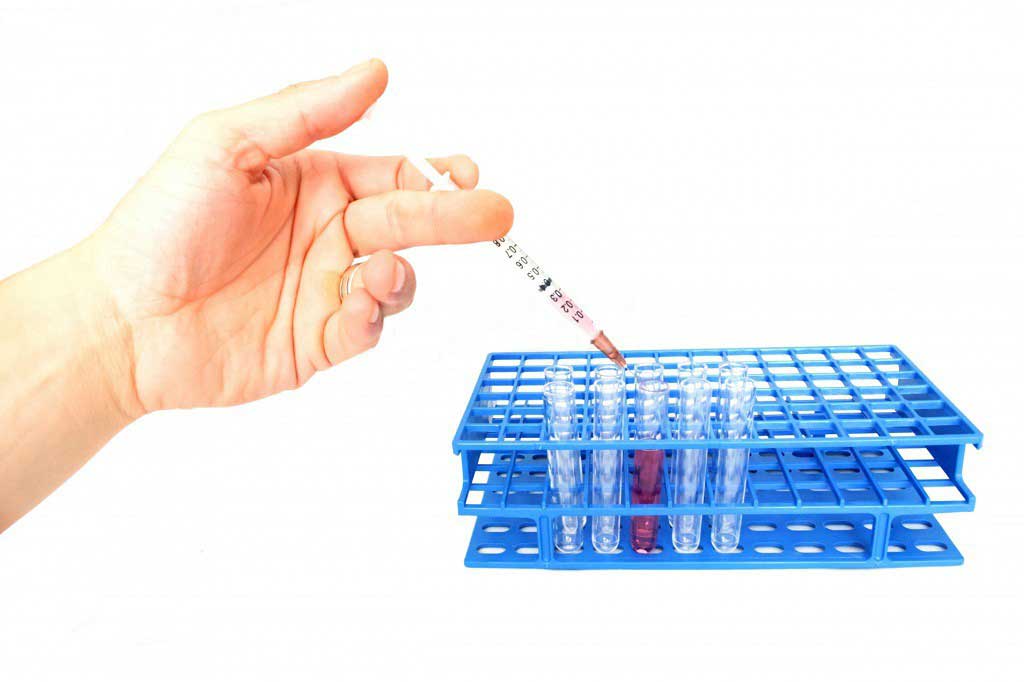22q11 deletion (DiGeorge syndrome)
Information about your child
If your child hasDiGeorge syndrome, your clinical team will pass information about him or her on to the National Congenital Anomaly and Rare Diseases Registration Service (NCARDRS).
This helps scientists look for better ways to prevent and treat this condition. You can opt out of the register at any time.
Introduction
DiGeorge syndrome is a genetic disorder that's usually noticeable at birth. People with the condition can have heart defects and learning difficulties.
What are the main features of DiGeorge syndrome?
DiGeorge syndrome can potentially cause many different problems affecting various areas of the body. The main features are described below, but bear in mind that the severity of these problems varies
What is 22q11 deletion?
Chromosomes are X-shaped strands of genes, which provide instructions for a person's characteristics. Most people have 23 pairs of chromosomes one of each pair from their mother, and the other from th
How does the mutation happen?
In most cases of DiGeorge syndrome, the missing piece of chromosome would alreadyhave been missing from the egg or sperm from which the baby was conceived. This can happen by chance whenDNA is copied
How is DiGeorge syndrome diagnosed?
The piece of missing chromosome that causes DiGeorge syndrome is so small that it cannot be seen under a microscope. Instead, aspecial test called the FISH test (fluorescence in situ hybridisation) wi
What are the chances of my next child having it?
A parent with DiGeorge syndrome has a 50% chance of passing on the condition to their child. This applies in each pregnancy. If neither parent has the condition, the risk of having another child with
What help and support is available?
There's no cure for DiGeorge syndrome, but many of the problems experienced by people with the condition can be monitored and treated if necessary. Your child will have regular tests from infancy onw
Information about your child
If your child hasDiGeorge syndrome, your clinical team will pass information about him or her on to the National Congenital Anomaly and Rare Diseases Registration Service (NCARDRS). This helps scient







 Subscribe
Subscribe Ask the doctor
Ask the doctor Rate this article
Rate this article Find products
Find products